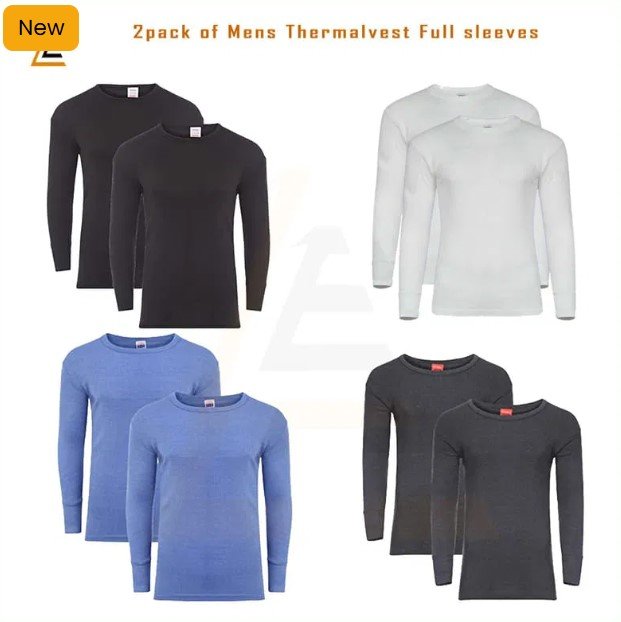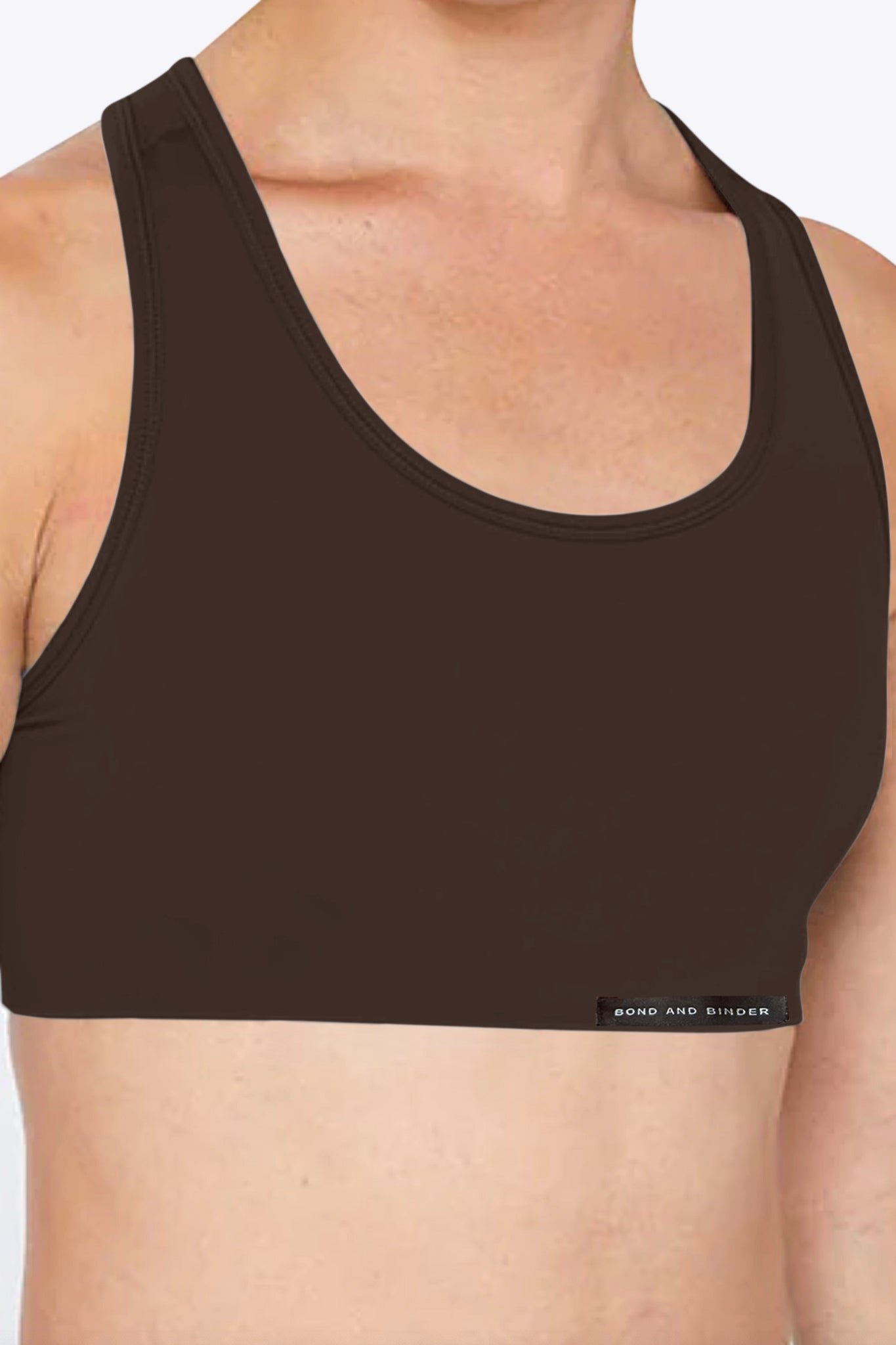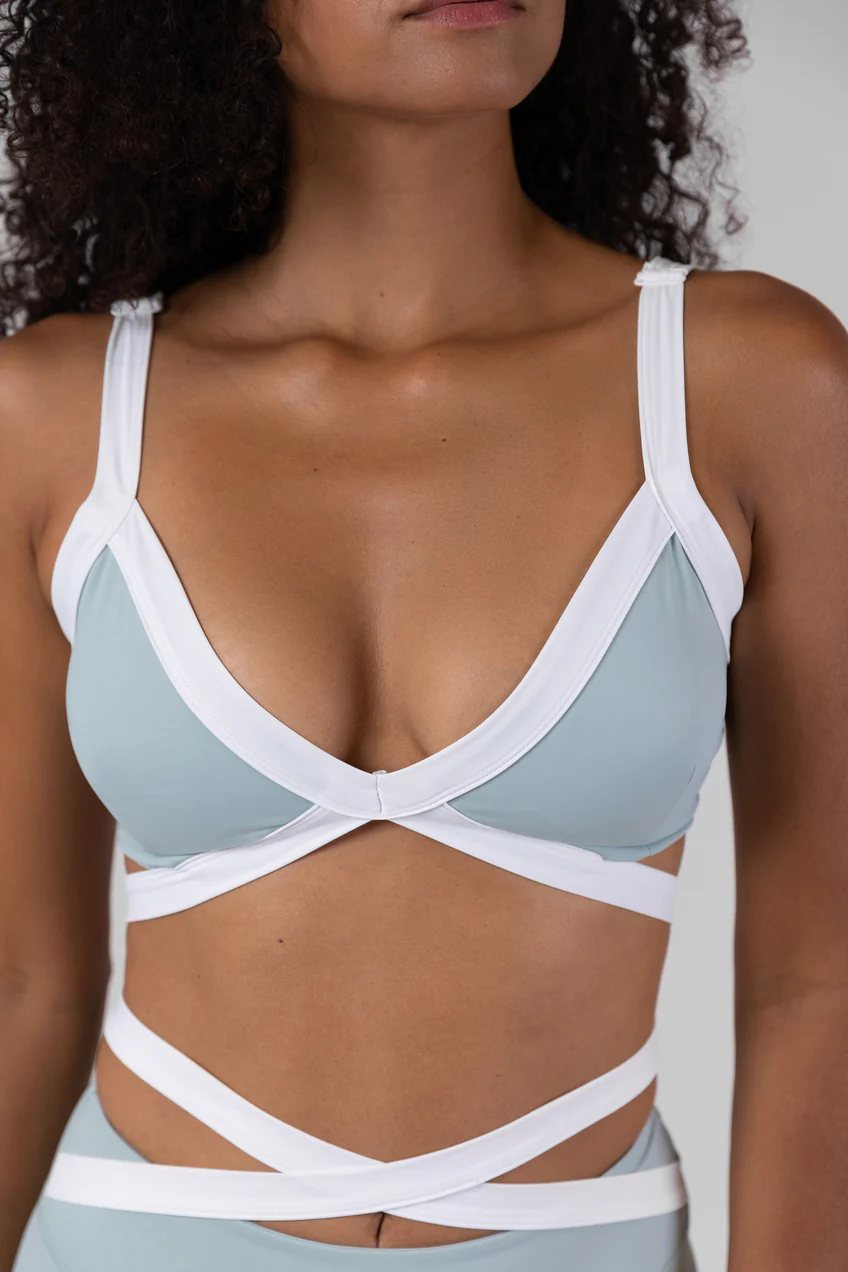Staying warm becomes essential when temperatures drop, especially for men who lead active outdoor lives or enjoy winter sports. The right men’s thermal underwear can make a significant difference in comfort, insulation, and overall performance during the cold months. If you’re looking to invest in quality thermal wear that’s both functional and stylish, here’s a comprehensive guide to help you choose the right men’s thermal underwear.
1. Understand Your Needs
Before selecting thermal underwear, consider the activities you’ll be engaging in. Are you looking for thermals for outdoor sports like skiing, snowboarding, or hiking? Or do you need something comfortable and warm to wear daily during winter?
- Active Sports: For intense activities, opt for moisture-wicking thermals that help regulate body temperature and keep sweat at bay.
- Everyday Wear: If you’re seeking thermal underwear for daily use, look for comfort and warmth rather than high-performance features. For more info Click here
Identifying your primary needs will help you narrow down the options and find the best fit.
2. Choose the Right Fabric
The fabric of thermal underwear plays a crucial role in how effective it is at keeping you warm. Here are some common materials used in thermal wear and their benefits:
- Merino Wool: Known for its excellent insulation and moisture-wicking properties, merino wool is a natural fiber that feels soft against the skin. It’s also odor-resistant, making it a great choice for extended wear.
- Synthetic Blends: Many thermals are made from synthetic materials like polyester, spandex, and nylon. These fabrics offer flexibility, durability, and quick-drying capabilities, which are ideal for high-energy activities.
- Silk: Silk thermal underwear is lightweight and comfortable but may not provide as much warmth as wool or synthetic options. It’s a good choice for layering and for mild winter days.
- Cotton: Although comfortable, cotton retains moisture and is not ideal for thermal underwear. If you’re looking for warmth and dryness, consider other materials.
Each fabric type has its advantages, so choose one based on the conditions you’ll be facing and your personal preference.
3. Check for Layering Options
Thermal underwear is often categorized into different layers: base, mid, and outer layers. The base layer, or thermal underwear, is the closest to your skin and should provide insulation while wicking away moisture.
- Base Layer: This is your primary layer for insulation. Look for lightweight or midweight options if you plan to layer under regular clothing. For colder conditions, opt for a heavier base layer.
- Mid Layer: Some thermal sets come with matching mid-layer pieces, like thicker leggings or long-sleeved tops. These are ideal for more extreme temperatures.
- Outer Layer: Typically, the outer layer is a jacket or winter coat, but some thermals include windproof and waterproof materials, providing an all-in-one solution for extreme cold.
Layering provides flexibility, allowing you to add or remove layers depending on your environment.
4. Pay Attention to Fit
The fit of men’s thermal underwear is important for comfort and functionality. The thermal layer should fit snugly without being too tight, as this allows for optimal insulation and moisture-wicking performance.
- Snug but Comfortable: Your thermals should be close to the skin without restricting movement.
- Elastic Waistbands and Cuffs: Look for thermal underwear with elastic waistbands and cuffs to prevent them from riding up or down as you move.
- Stretchable Fabric: Many thermals incorporate stretch materials like spandex, providing greater flexibility and a better fit, which is especially helpful during high-energy activities.
A good fit ensures that the thermal wear functions effectively and that you can move freely.
5. Consider Moisture-Wicking and Breathability
Staying dry is key to staying warm, especially in colder weather. Moisture-wicking materials help pull sweat away from the body, allowing it to evaporate, which keeps you dry and prevents chilling. Breathable fabrics are also essential for temperature regulation, especially if you’re engaged in outdoor activities.
Look for thermal underwear that specifies moisture-wicking and breathable properties, which can enhance comfort and warmth during prolonged wear.
6. Think About Temperature Ratings
Some thermal underwear comes with temperature ratings that indicate the range of conditions it’s suited for. This can be especially helpful if you’ll be facing extremely low temperatures or fluctuating weather conditions.
For example, midweight thermal wear is typically suitable for mild to moderately cold temperatures, while heavyweight options provide more warmth for harsher climates. Check the temperature rating, if available, to ensure you’re selecting the right thermal level for your activities.
7. Evaluate Durability and Quality
Thermal underwear is an investment, so look for durable materials and well-constructed designs that will last through multiple winters. Double stitching, reinforced seams, and high-quality fabric can extend the life of your thermals.
- Reinforced Seams: These help prevent wear and tear, particularly around areas that see more movement.
- High-Quality Fabric: Invest in thermal wear that maintains its shape and warmth even after multiple washes.
8. Choose a Style That Suits You
Thermal underwear comes in a variety of styles, including full-body suits, two-piece sets, and separate tops and bottoms. Choose a style that best fits your comfort and layering preferences.
- Full-Body Suits: These provide maximum coverage and are ideal for extremely cold temperatures.
- Two-Piece Sets: These offer flexibility, as you can mix and match tops and bottoms.
- Tops and Bottoms Separately: If you only need added warmth for the upper or lower body, consider purchasing pieces individually.
The style you choose depends on how and where you’ll be using the thermal wear, as well as your personal preferences.
9. Take Care of Your Thermals
To extend the life of your thermal underwear, follow the care instructions provided by the manufacturer. Most thermals require gentle washing in cool water and may benefit from air drying to maintain their shape and properties. Proper care will ensure they retain their warmth and effectiveness over time.
Conclusion
Choosing the right men’s thermal underwear involves understanding your needs, selecting the appropriate fabric, and paying attention to fit, layering options, and durability. Whether you’re braving the cold for a winter adventure or simply want to stay cozy during the colder months, investing in quality thermal wear can make a world of difference.
















Leave a Reply